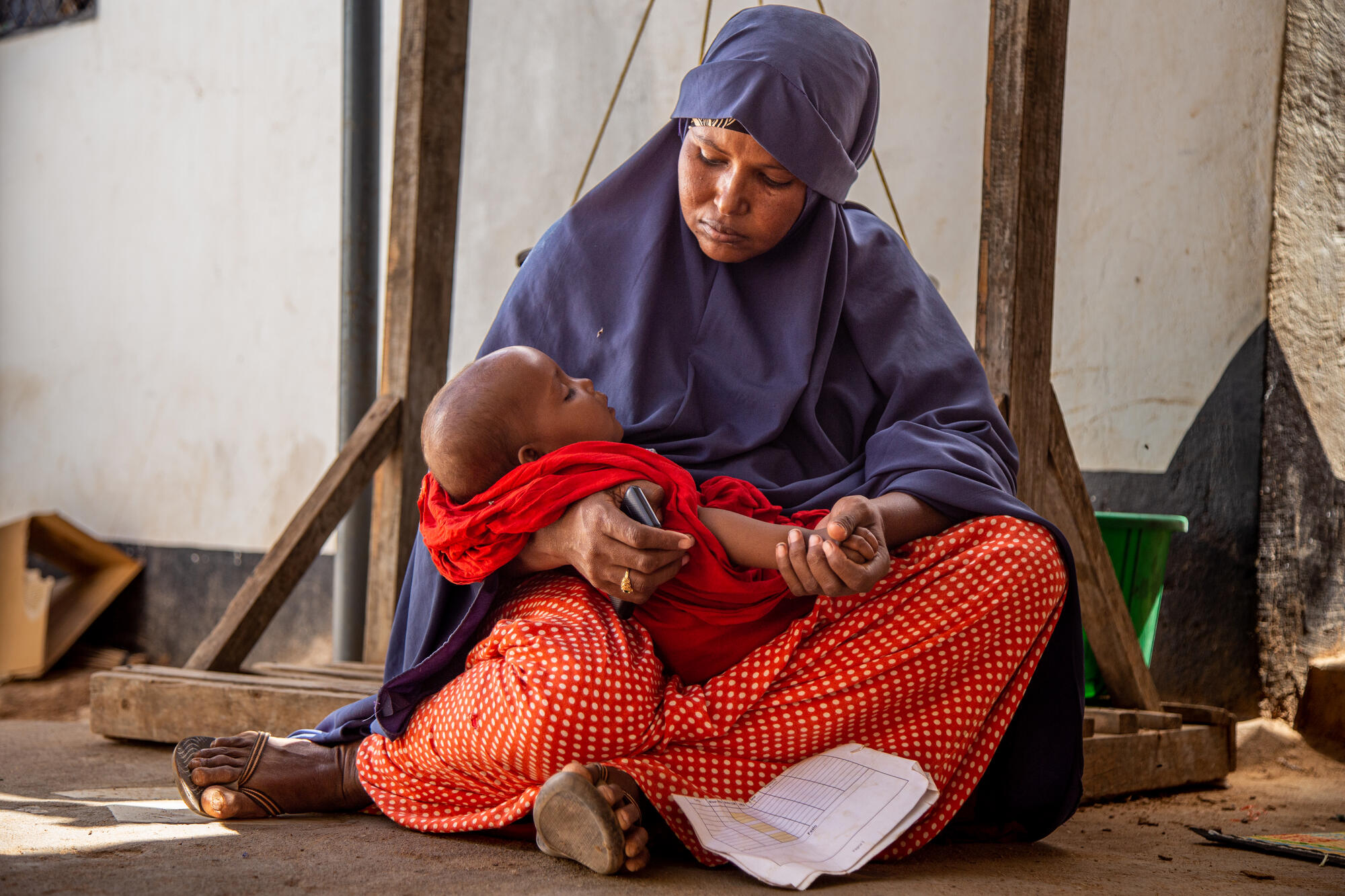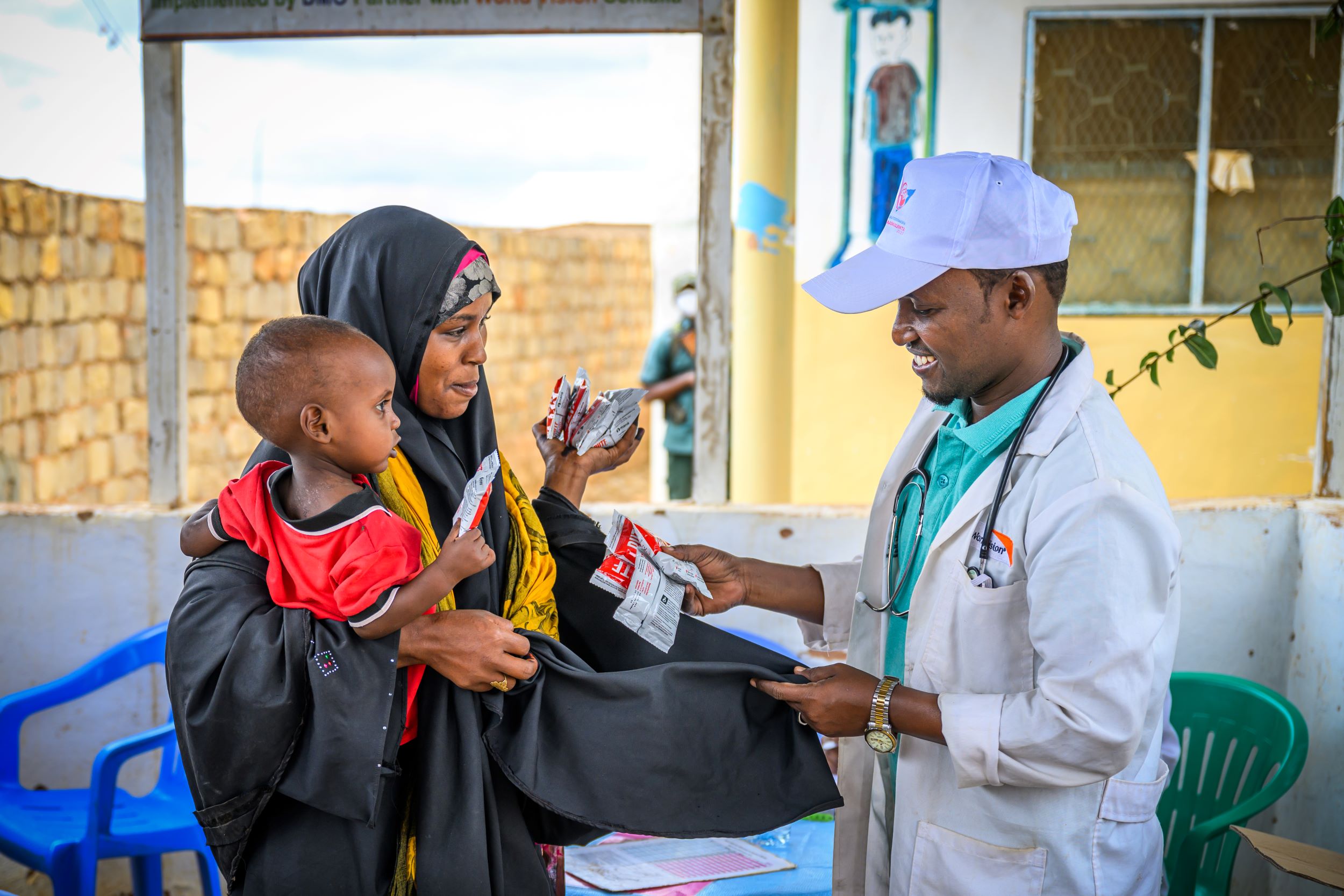Tens of millions of children and their families are just a step away from famine.
Ongoing conflict around the world. A worsening climate crisis. The repercussions of a global pandemic.
Behind all of these crises there is also a hunger crisis.
The goal of World Vision has always been to achieve zero hunger across the globe. But in the past few years the need has become even more critical.
Covid drove food prices to their highest in a decade. Floods and droughts caused by climate change have destroyed crops and homes, leaving farming communities around the world facing unprecedented pressure.
And on top of this, continued conflict has displaced hundreds of thousands. Those who fled from bullets instead facing starvation. 1 in 6 children now lives in a conflict zone.
This deadly combination has left 35 million people in 39 countries are on the brink of famine.
But you can help.











